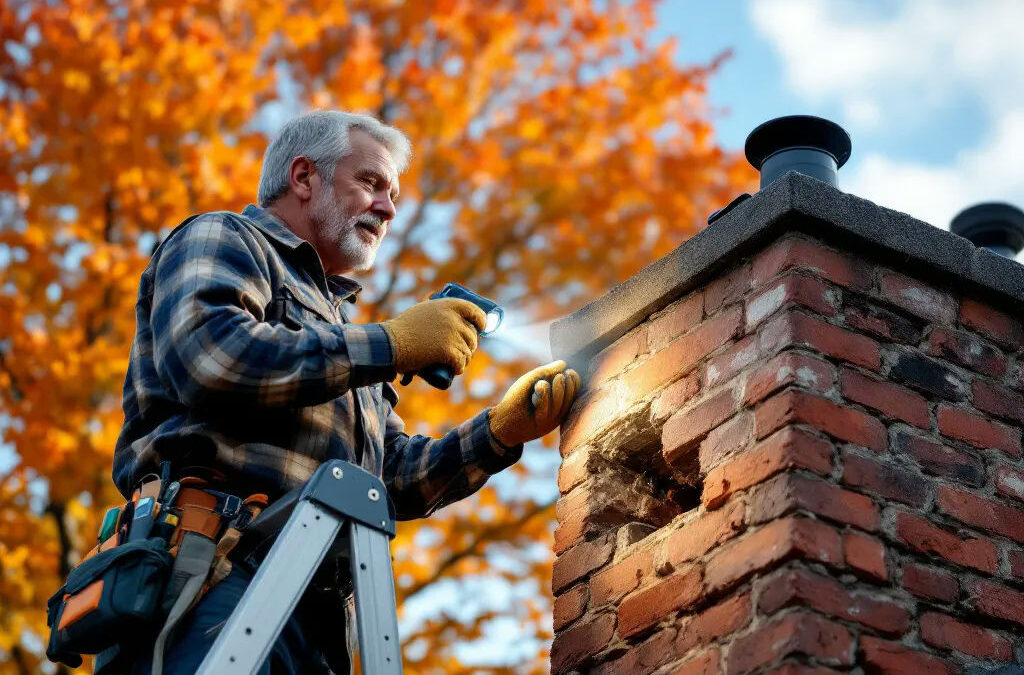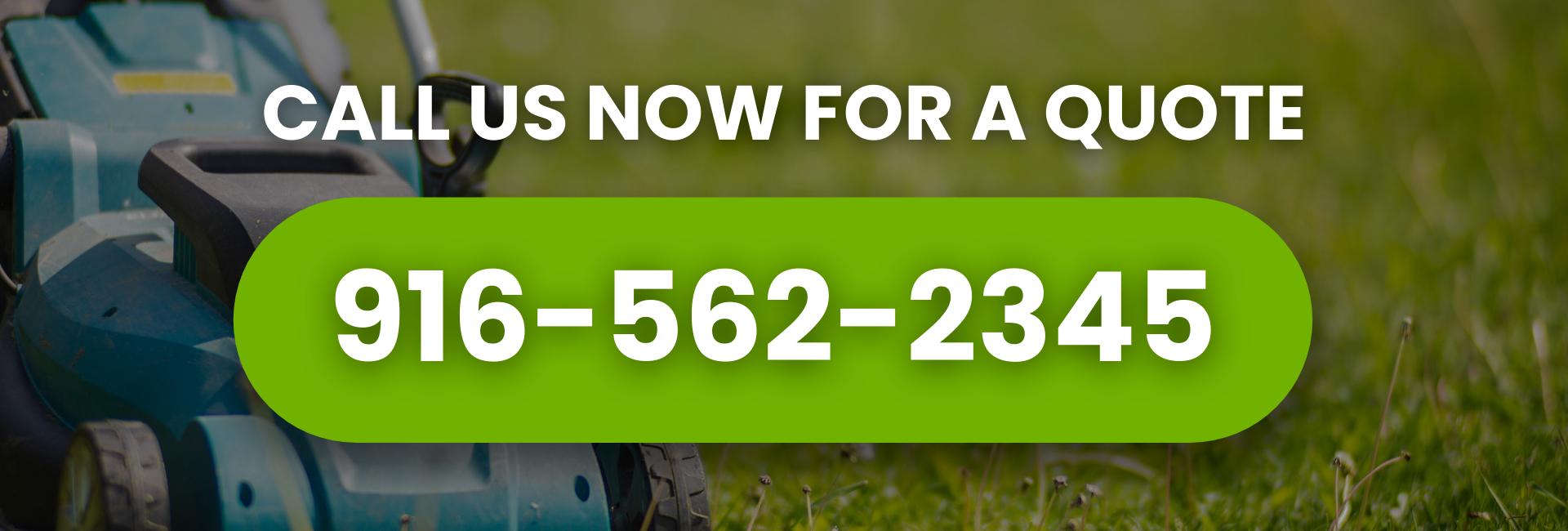I. Introduction
As winter approaches, the condition of your brick chimney becomes increasingly critical. A thorough chimney inspection can save you from costly repairs and ensure your home remains safe and warm during the cold months. Neglecting regular chimney maintenance can lead to severe issues like structural damage, which may compromise the safety of your home and family.
II. Signs of Damage in Brick Chimneys
A. Cracks in the Brickwork
Look for visible cracks in the brickwork, which can be a sign of foundational issues. There are specific types of cracks to note: horizontal cracks indicate expansion and contraction problems, while vertical cracks often relate to settling or shifting of the chimney structure. Addressing these cracks early can prevent more extensive deterioration and costly repairs down the line.
B. Spalling Brick
Spalling occurs when the surface of the bricks begins to chip away, typically due to moisture infiltration or poor quality brick. Once the outer layer starts to flake or peel, it can expose the inner material to further damage. Understanding the causes of spalling is essential, as it can lead to significant structural weaknesses if left unaddressed.
C. Mortar Deterioration
Inspect your chimney for signs of crumbling or missing mortar between the bricks. The condition of mortar joints is vital for holding the entire structure together; deteriorated mortar can lead to water ingress and further damage. Timely repairs, such as tuckpointing, can restore the integrity of your chimney and prevent small issues from escalating.
D. Chimney Leaning or Tilting
A leaning or tilting chimney is a serious concern, suggesting structural instability and potential collapse. This can arise from poor foundation work or increased moisture pressure. If you notice the chimney is not vertical, it’s crucial to address the issue with professional assistance as soon as possible.
E. Water Damage and Staining
Keep an eye out for any water stains on or around the chimney, which can indicate leaks or water infiltration. Water damage can lead to mold growth and even worsen the condition of your brickwork and mortar. Early identification of these symptoms can help mitigate more severe damage and related repair costs.
III. Tools Needed for a Thorough Inspection
A. Safety Gear (gloves, goggles, mask)
When inspecting your chimney, safety should be your top priority. Equip yourself with essential safety gear such as gloves to protect your hands, goggles for eye protection, and a mask to avoid inhaling dust and debris. Being adequately protected allows for a more thorough and worry-free inspection.
B. Flashlight or Inspection Camera
A powerful flashlight or an inspection camera is indispensable for this task, as it allows you to see clearly inside the chimney during your inspection. Good visibility can make a significant difference in identifying issues like blockages or structural damage that might be hidden from the naked eye. Ensure the lighting is sufficient before proceeding.
C. Ladder
A sturdy, reliable ladder is necessary for reaching the upper levels of your chimney safely. It gives you access to inspect the chimney cap, and flashing, and assess the overall condition of brickwork from all angles. Always ensure the ladder is securely positioned before climbing to prevent accidents.
D. Tuckpointing Tools
Having tuckpointing tools on hand is essential for addressing mortar deterioration. These tools allow you to remove damaged mortar and fill in gaps effectively. By being prepared, you can tackle minor repairs during your inspection rather than postponing necessary work.
E. Moisture Meter
Using a moisture meter can help detect hidden moisture levels in the chimney structure, which can lead to various issues such as spalling or mold growth. By identifying moisture issues early, you can take action to correct the problem before it escalates. This tool is a valuable investment for any homeowner who prioritizes preventive maintenance.
IV. Step-by-Step Inspection Process
A. External Inspection
Begin your inspection with an external assessment of the chimney. Check the chimney cap and flashing for any signs of damage or rust, as these components are crucial for protecting against water infiltration. Next, examine the brick surface for irregularities, such as cracks or spalling, which could indicate underlying problems.
B. Internal Inspection
Once the exterior is thoroughly inspected, shift your focus to the internal components. Use a flashlight to examine the flue and the chimney’s interior walls for soot buildup and creosote, which can pose fire hazards if not cleaned regularly. Look for any signs of deterioration that may require attention.
C. Looking for Signs of Water Damage
Investigate the ceiling and walls near your chimney for any water damage. Indicators like discoloration or peeling paint can be telltale signs of leaks or moisture problems. Additionally, pay attention to musty odors or mold growth around the area, which could signify a more profound moisture issue requiring prompt resolution.
V. Common Issues Found During Inspections
A. Debris Blockage
Debris accumulation can obstruct the chimney flue, leading to reduced airflow and improper functioning. Leaves, twigs, and other debris can create blockages that pose risks of fire or carbon monoxide exposure. Regularly inspecting for and clearing debris will help maintain safe chimney operation.
B. Wildlife Nesting
Chimneys are attractive nesting sites for birds and small animals, which can lead to dangerous blockages. Inspect for any signs of animal entrances or nesting materials inside the chimney. If you suspect wildlife intrusion, taking immediate action is vital to avoid detrimental issues.
C. Insufficient Clearance or Overhanging Vegetation
Proximity to trees or overhanging vegetation can lead to obstructions and debris build-up in the chimney. Ensure there is adequate clearance to prevent branches or leaves from blocking the flue. It’s advisable to regularly trim back any nearby vegetation to promote proper airflow and chimney function.
VI. Maintenance Tips for Brick Chimneys
A. Regular Cleaning and Sweeping
Routine cleaning and sweeping are essential for preventing buildup of soot and creosote within the chimney. Depending on usage, consider having your chimney swept at least once a year to maintain optimal efficiency and reduce fire risks. Keeping up with this basic maintenance can significantly prolong the life of your chimney.
B. Importance of Sealing and Waterproofing
Sealing and waterproofing your brick chimney can prevent moisture penetration and winter freeze-thaw damage. Applying a high-quality sealant helps protect your chimney from water damage and extends its lifespan. Scheduling periodic waterproofing during dryer months is vital for ensuring maximum protection.
C. Choosing the Right Time for Repairs
Timing is crucial for repairs; address minor issues promptly before they escalate into more significant problems. If you’re considering seasonal repairs, late summer or early fall is ideal, as it allows your chimney to be in top shape before winter weather sets in. Making timely repairs can save you from tedious work during the colder months.
D. Scheduling Professional Inspections
In addition to your DIY inspections, scheduling a professional inspection every few years can provide peace of mind. Professionals have the expertise and tools to identify hidden issues that an untrained eye might miss. Making this a part of your annual maintenance schedule ensures that your chimney remains in optimal condition.
VII. When to Call a Professional
A. Severe Damage
If you discover significant damage during your inspection, such as large cracks, extensive spalling, or a visibly leaning chimney, it’s time to call a professional immediately. These issues indicate structural problems that require expert assessment and repair techniques to ensure safety and prevent further deterioration.
B. Complex Repairs
Some chimney repairs require specialized knowledge and equipment beyond the average homeowner’s capabilities. Tuckpointing, brick replacement, and flashing repairs are complex procedures that professionals can handle with precision. Attempting these repairs without proper training may lead to inadequate fixes that won’t withstand the elements.
C. Annual Professional Inspection Benefits
Even if you conduct regular personal inspections, an annual professional assessment provides additional peace of mind. Certified chimney inspectors have the training to spot potential issues before they become serious problems. They can also provide documentation needed for insurance purposes and offer expert recommendations tailored to your specific chimney’s needs.
D. Selecting a Qualified Chimney Service
When choosing a chimney service, look for certifications from recognized industry organizations. Ask about their experience with brick chimneys specifically, and request references from previous clients. A reputable company will provide detailed written estimates and explain their findings and recommended solutions clearly.
VIII. Conclusion
Winter chimney maintenance is not just about comfort—it’s about safety and protecting your investment. By conducting regular inspections and addressing issues promptly, you can avoid costly repairs and ensure your chimney functions safely throughout the cold season.
Folsom Lawn Service offers comprehensive chimney inspection and repair services to help maintain your home’s safety and aesthetic appeal. Our experienced team specializes in brick chimney restoration, from minor mortar repairs to complete rebuilds.
Don’t wait until winter weather reveals hidden problems in your chimney. Contact us today for a thorough inspection and professional assessment. With proper care and maintenance, your brick chimney will continue to serve your home efficiently for years to come.


